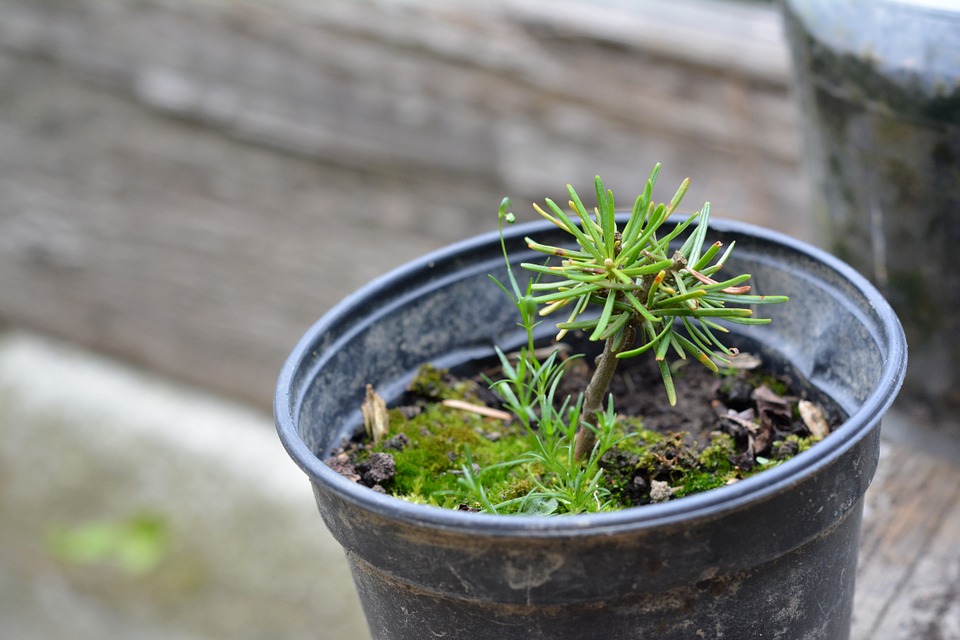Expect to see tree planting crews throughout the Cariboo Chilcotin.
Tree replanting in areas burned by the 2017 wildfires is underway and about 22 million trees will be planted.
Director for Land-Based Recovery and Resilience with the Ministry of Forests, Lands, Natural Resource Operations and Rural Development, Rodger Stewart said that work will continue between now and the end of June.
“Next year and a couple of years after that, we’ll be planting probably more trees than we’ve ever dreamed of doing in this region before; upwards of 30 million trees over the next couple of years at least,” he said.
“That will require a very considerable labour workforce of tree planters who will be able to take on that task.”
Reforestation activities in the Cariboo this year according to the Ministry are concentrated in areas where the three largest wildfires occurred in 2017, with 11 million trees being planted in the Plateau Fire Complex area (545,000 hectares burned), 10 million trees in the Elephant Hill area (192,000 hectares) and 2.5 million trees in the Hanceville fire area (241,000 hectares).
Pine, fir, and spruce are the main tree species being planted. Deciduous trees, mainly aspen, will also be planted to improve wildlife habitat and enhance biodiversity.
“There are a variety of areas out there where for instance spruce forests and douglas fir forests where it’s quite unlikely that there will be successful regeneration by its self,” Stewart said.
“In some cases, we’ve got projects going on there that we’re able to pick cones from very similar ecosystems nearby and we can get those seeds which have the genetic background for our particular area in through the nursery and then bring those seedlings back on to the ground. But there are areas out there that if we weren’t going to plant, it could be an area that’s severely burnt and any seeds that were in the ground have also been destroyed.”
“It’s important that we get out there and commence the process of recovering and rebuilding our forests estate, providing for watershed stability and habitat, and the other services including fibre supply that we get from our forests.”
(Editor’s Note Listen to Rodger Stewart, Director for Land-Based Recovery and Resilience with the Ministry of Forests, Lands, Natural Resource Operations and Rural Development in the audio file below)
Something going on in the Cariboo you think people should know about?
Send us a news tip by emailing [email protected].








